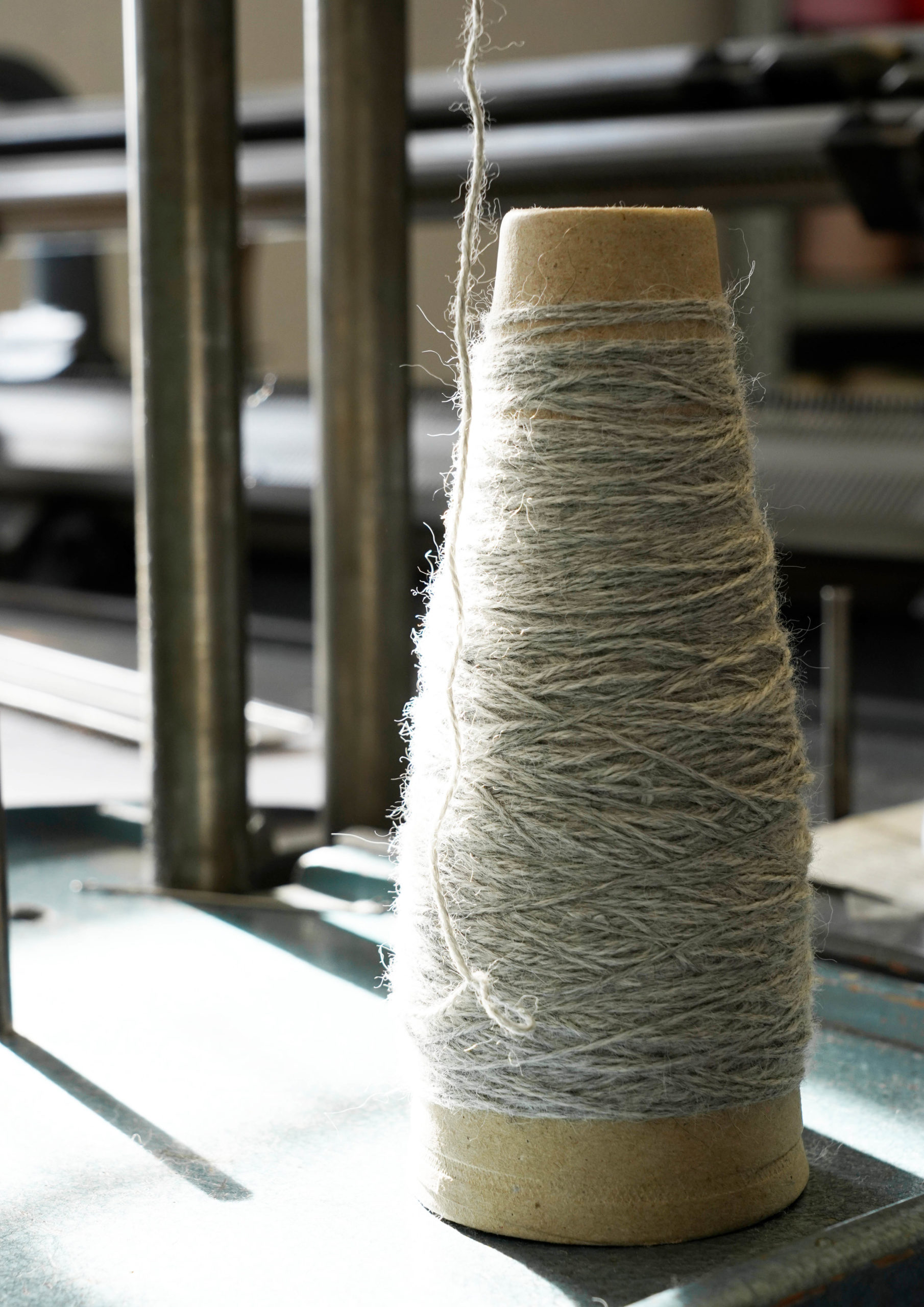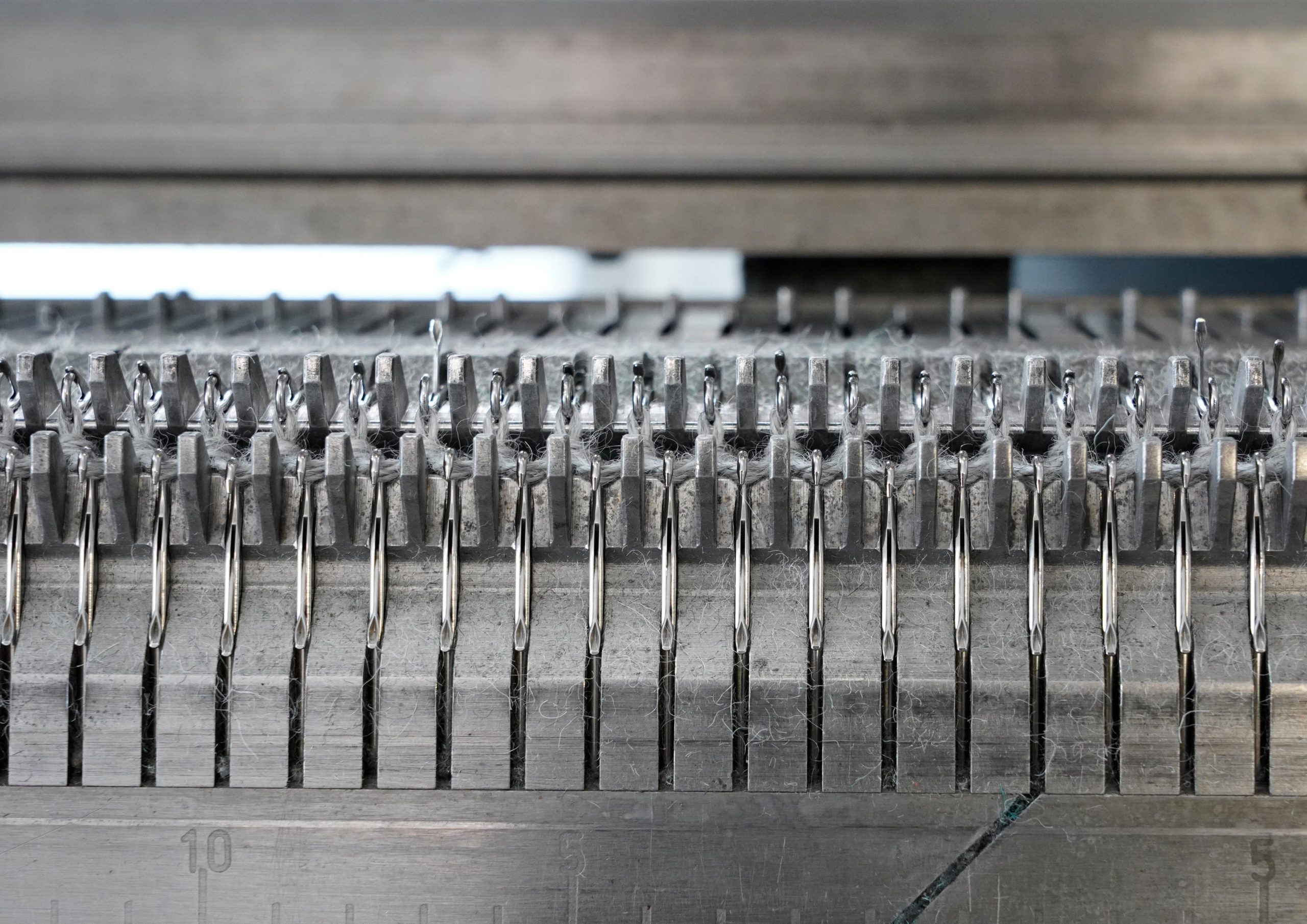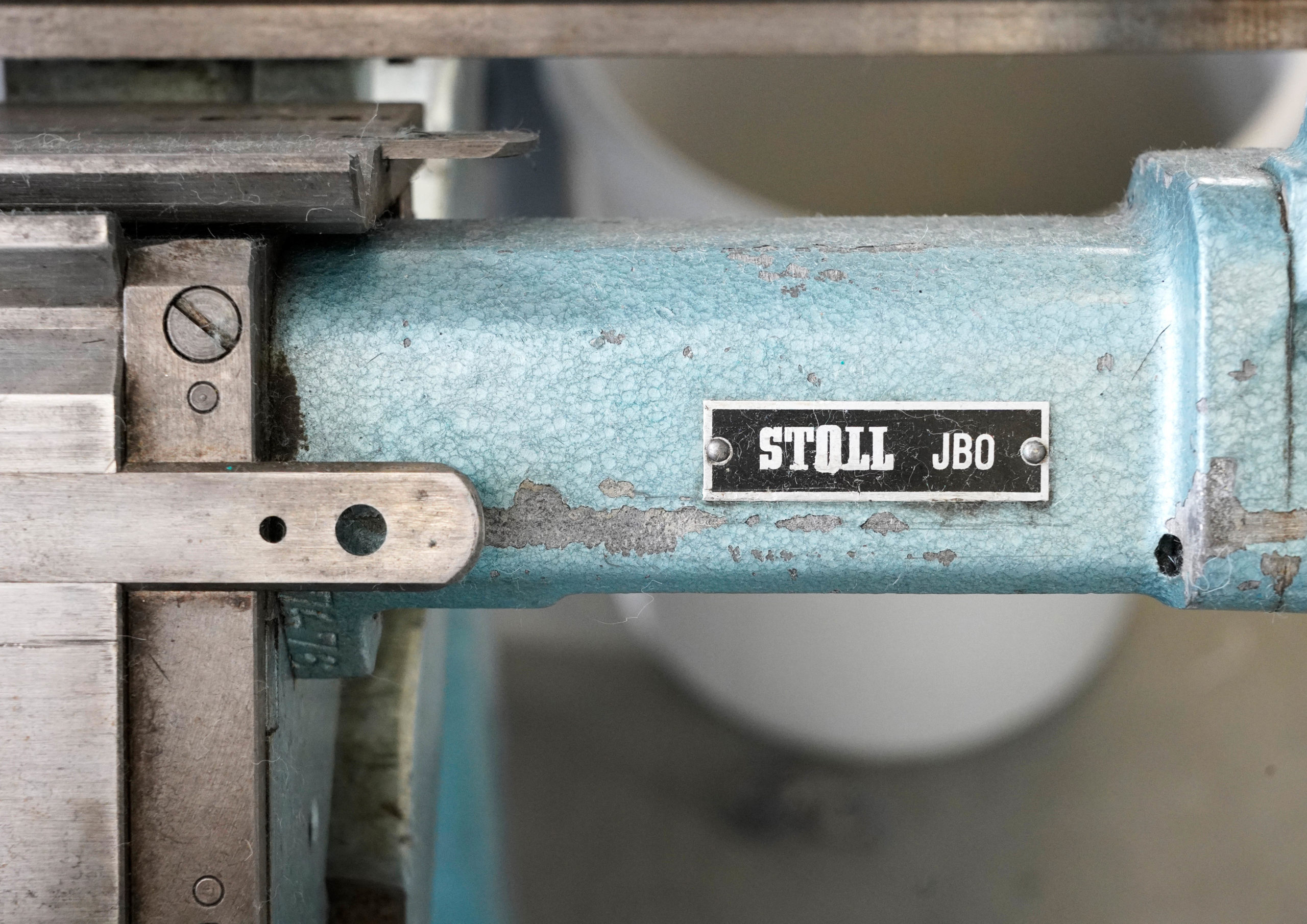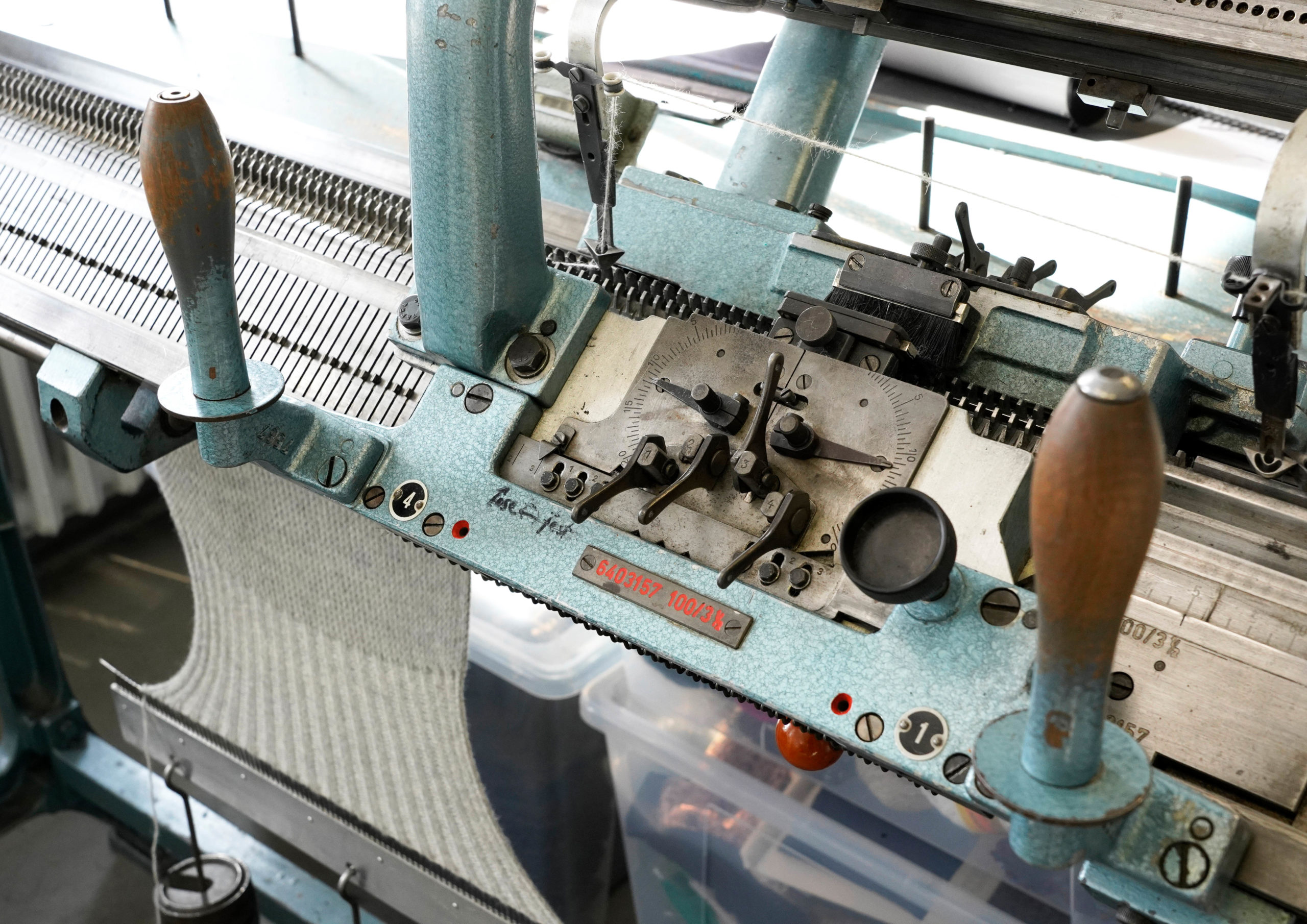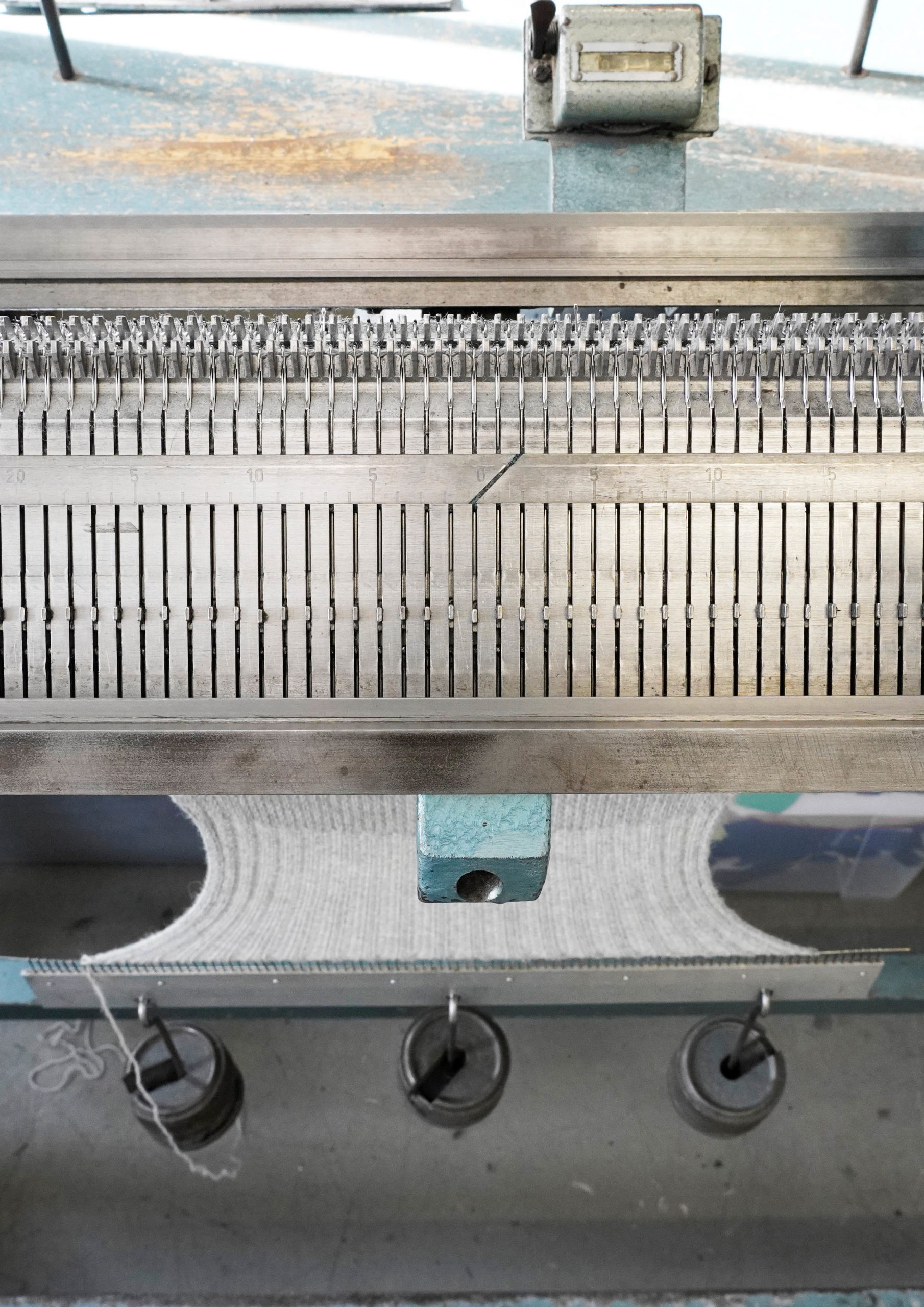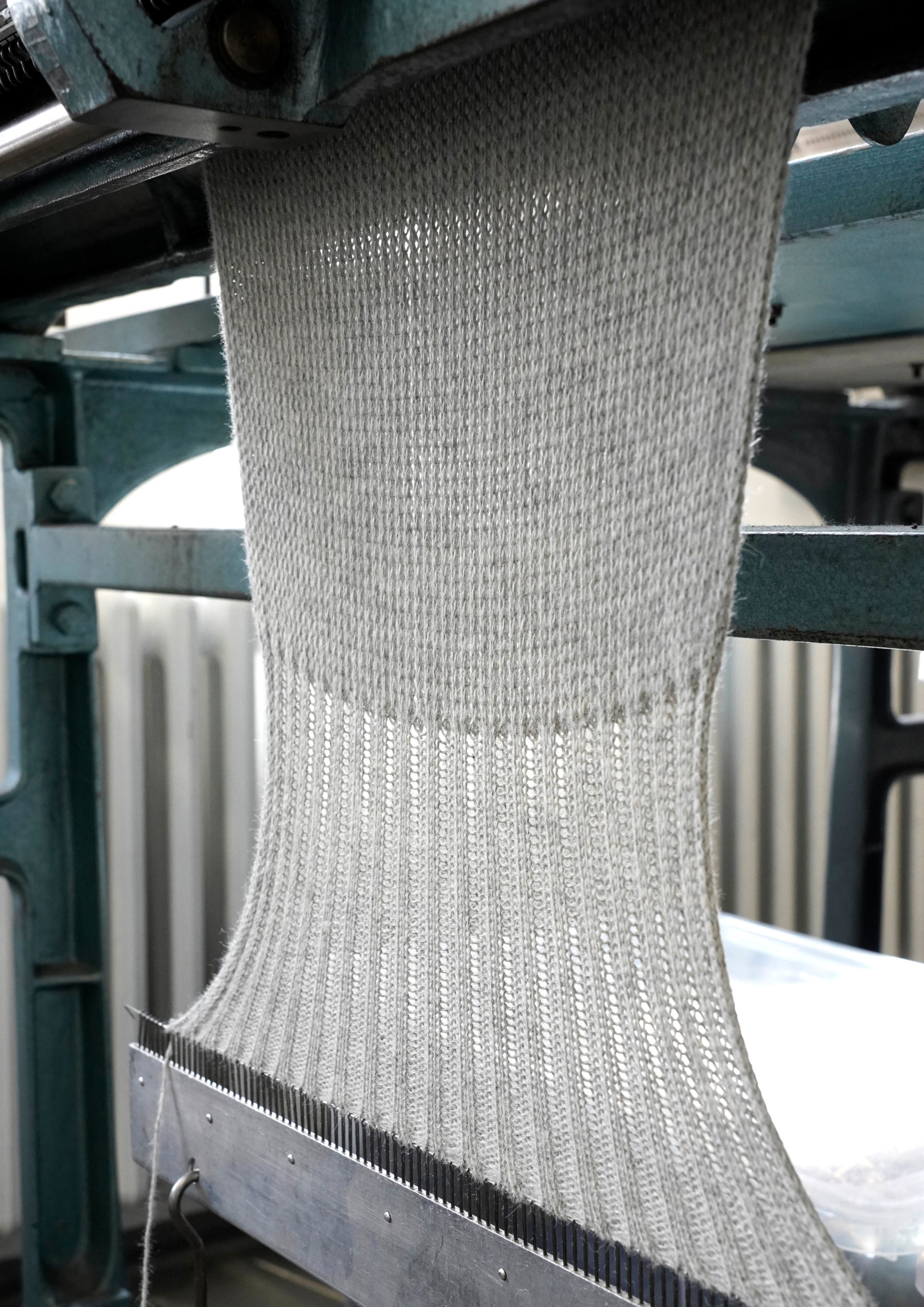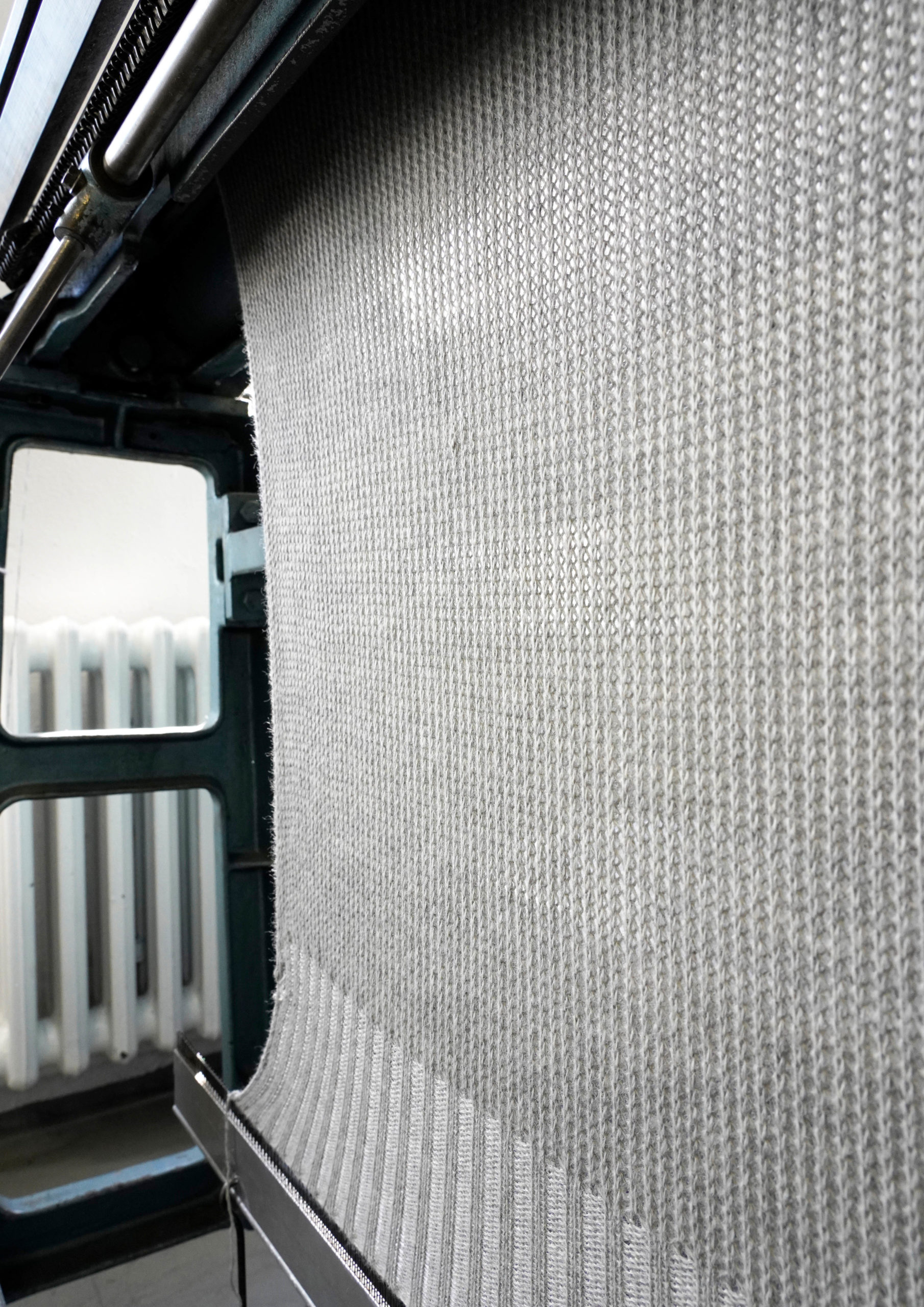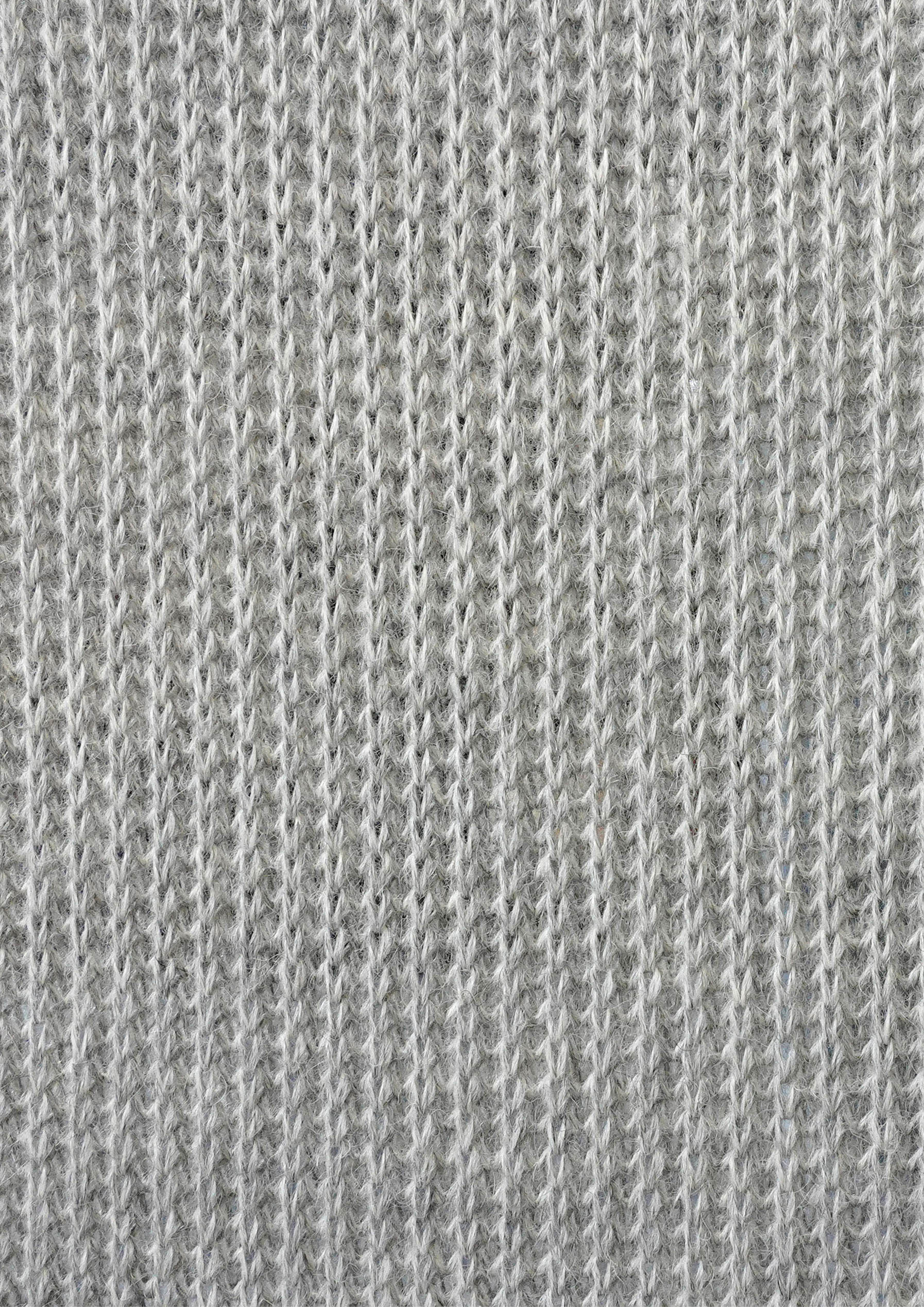EXUVIA OUTFIT 02
The center of this outfit is the indigo colored culotte “Exuvie” with visible seams. The midi length of the pants seems untypical for a Fall/ Winter fit but it is combined with higher boots and a warm oversized alpaca wool turtleneck sweater.
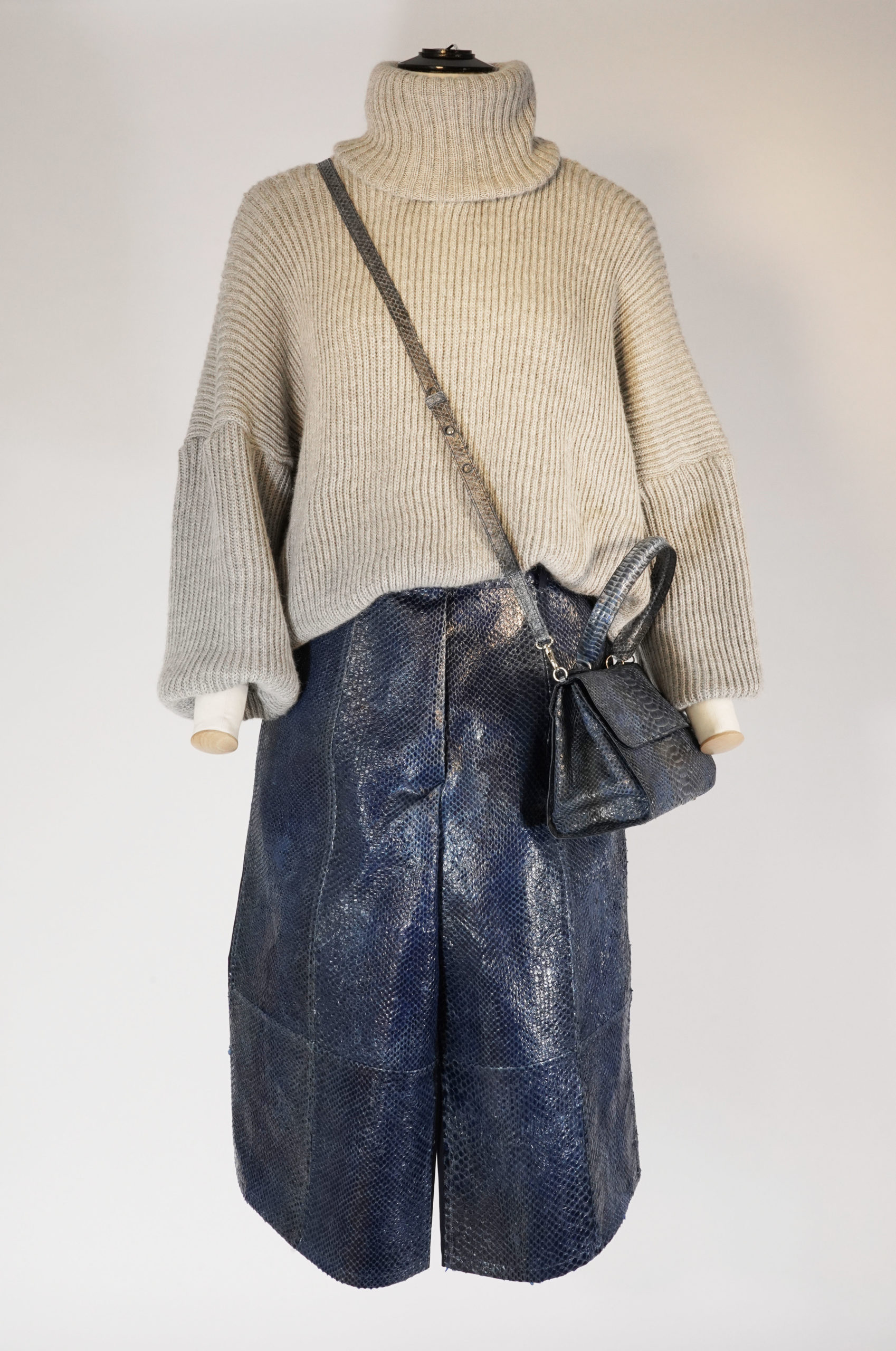
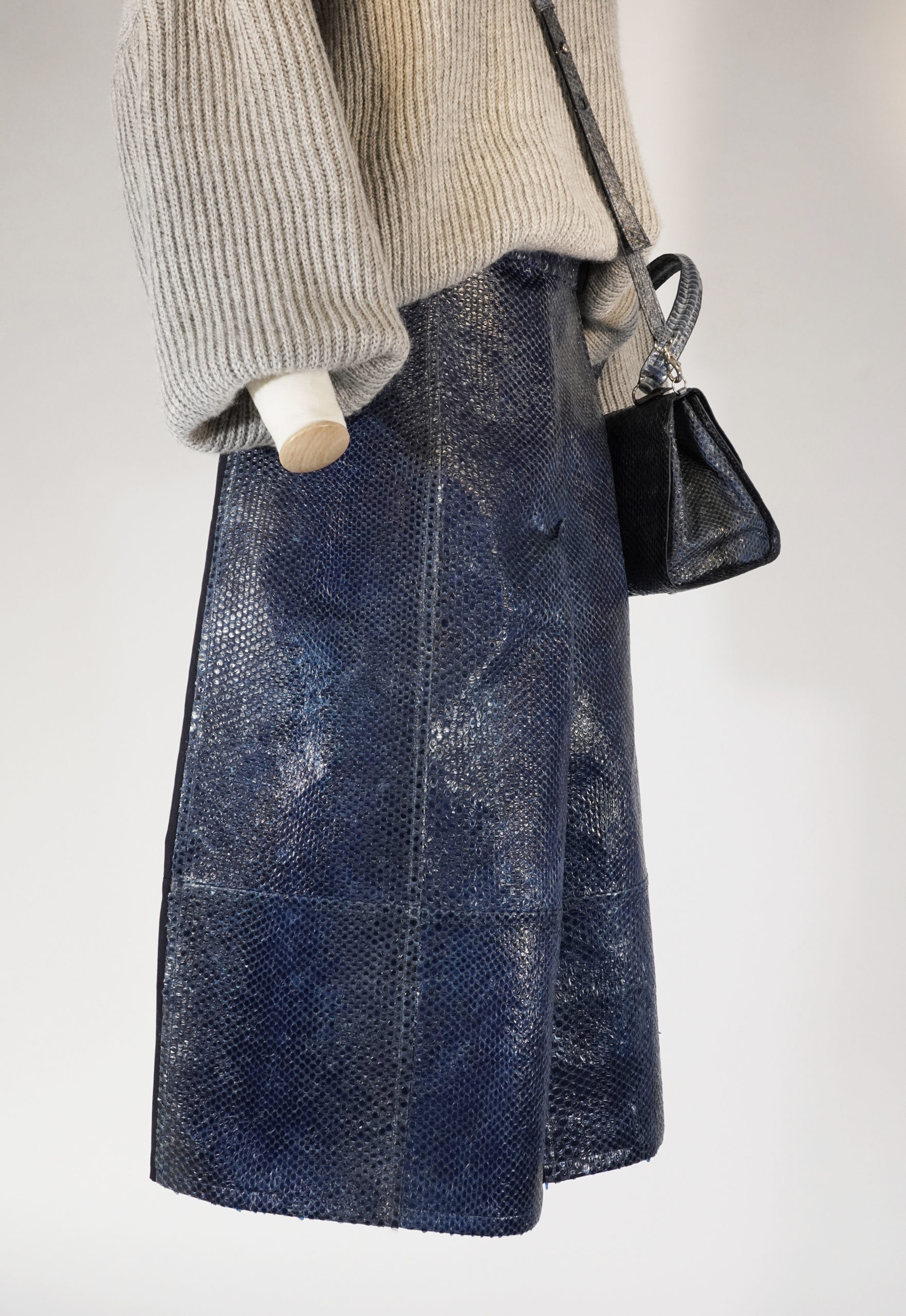
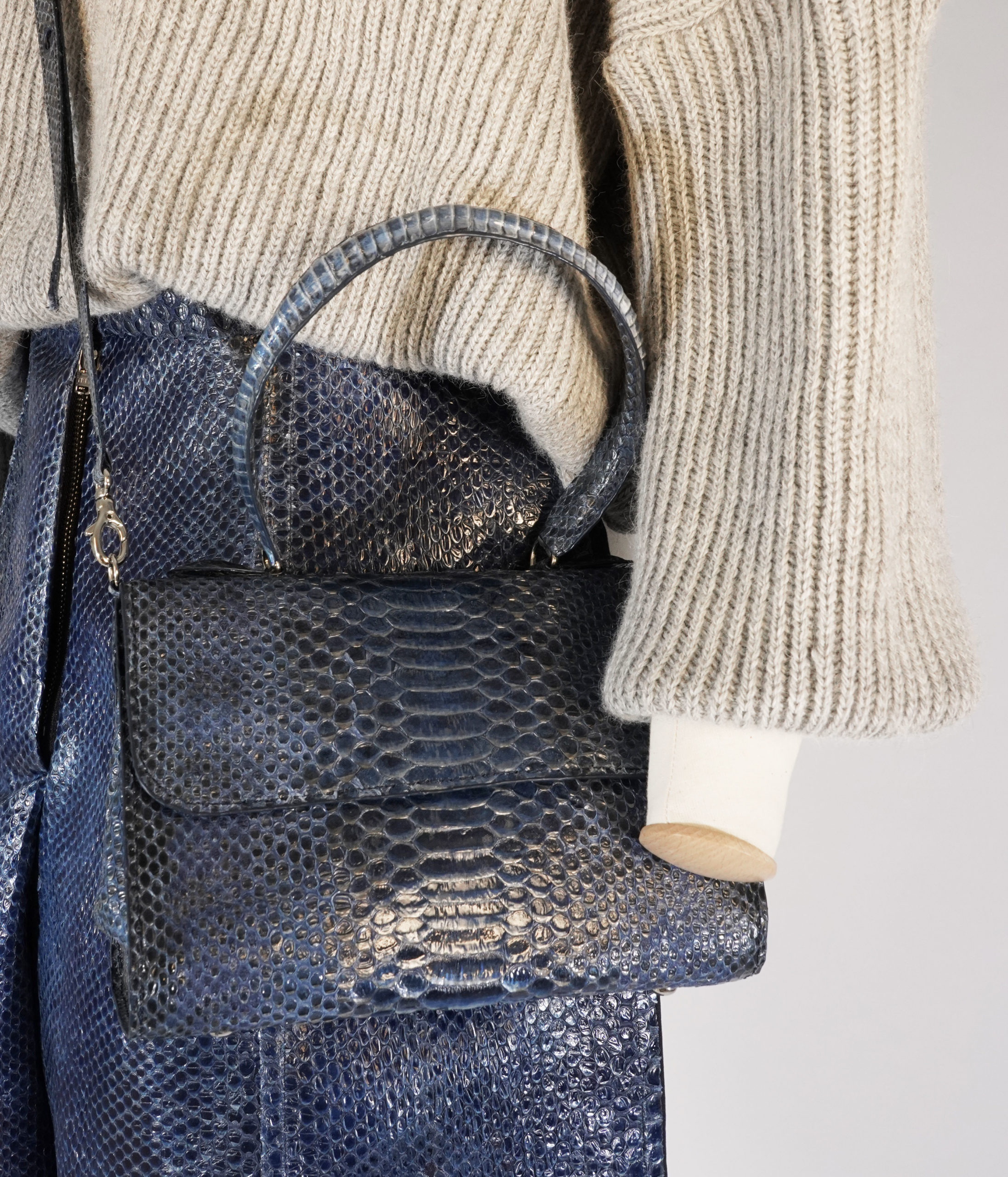
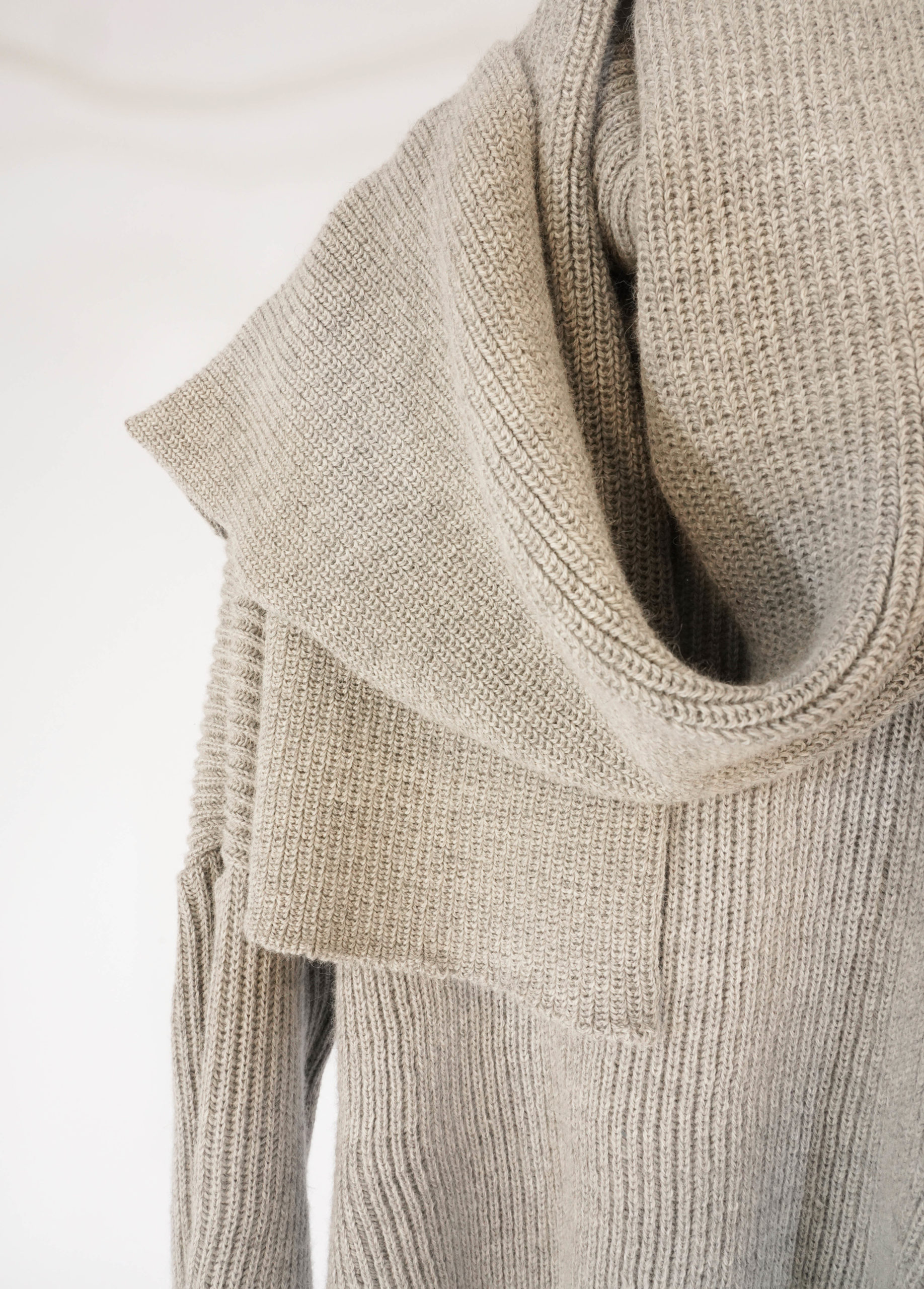

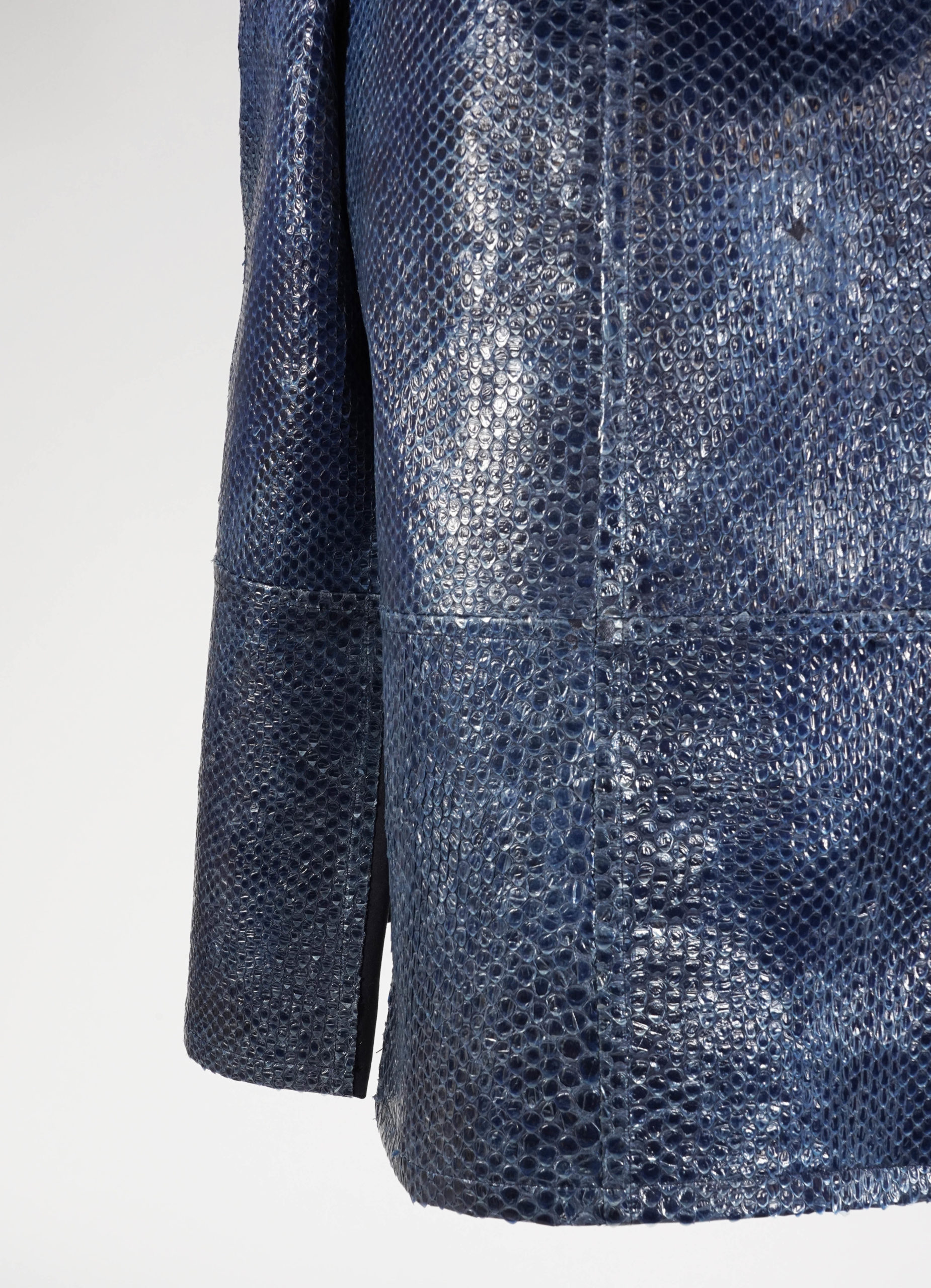

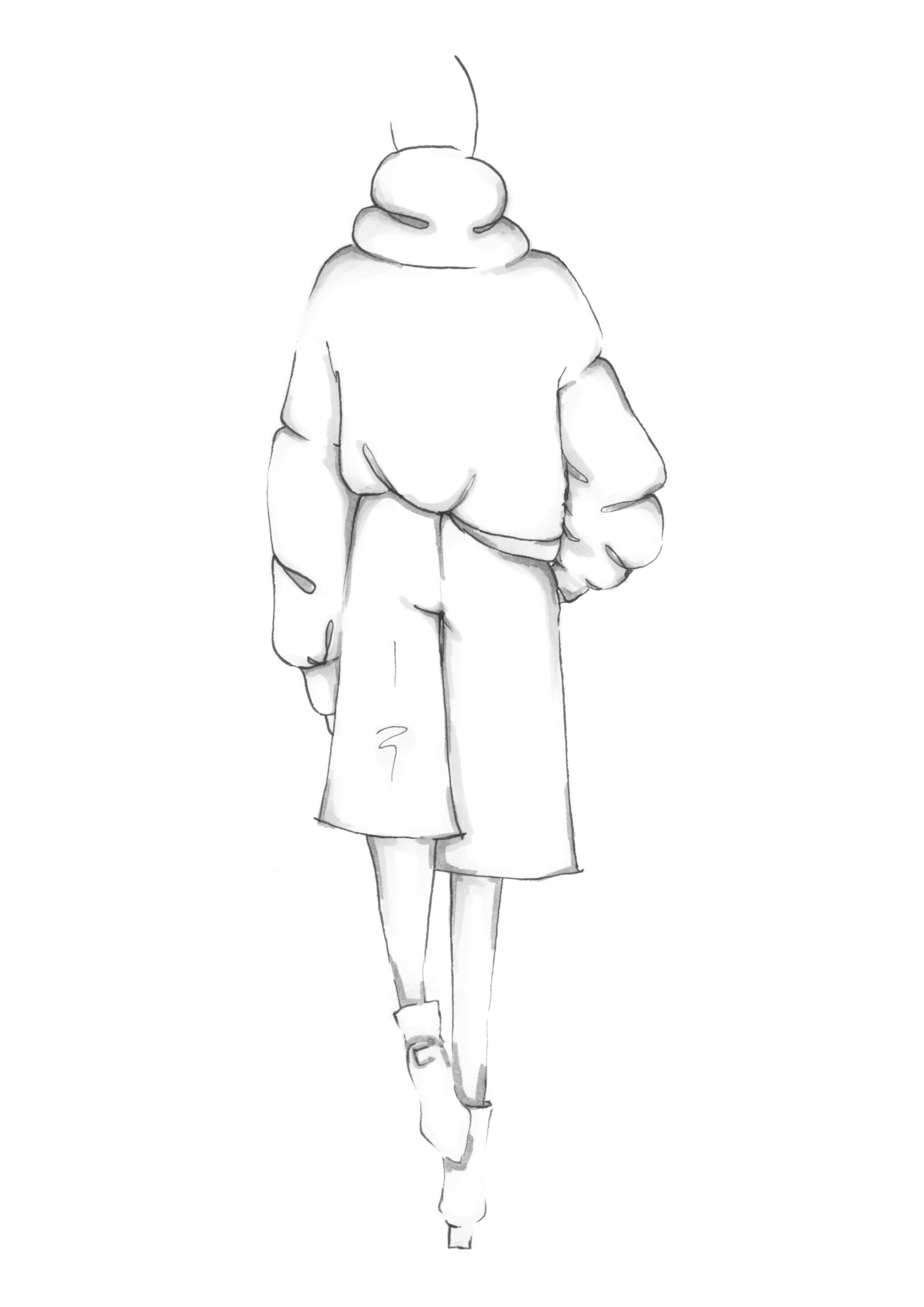
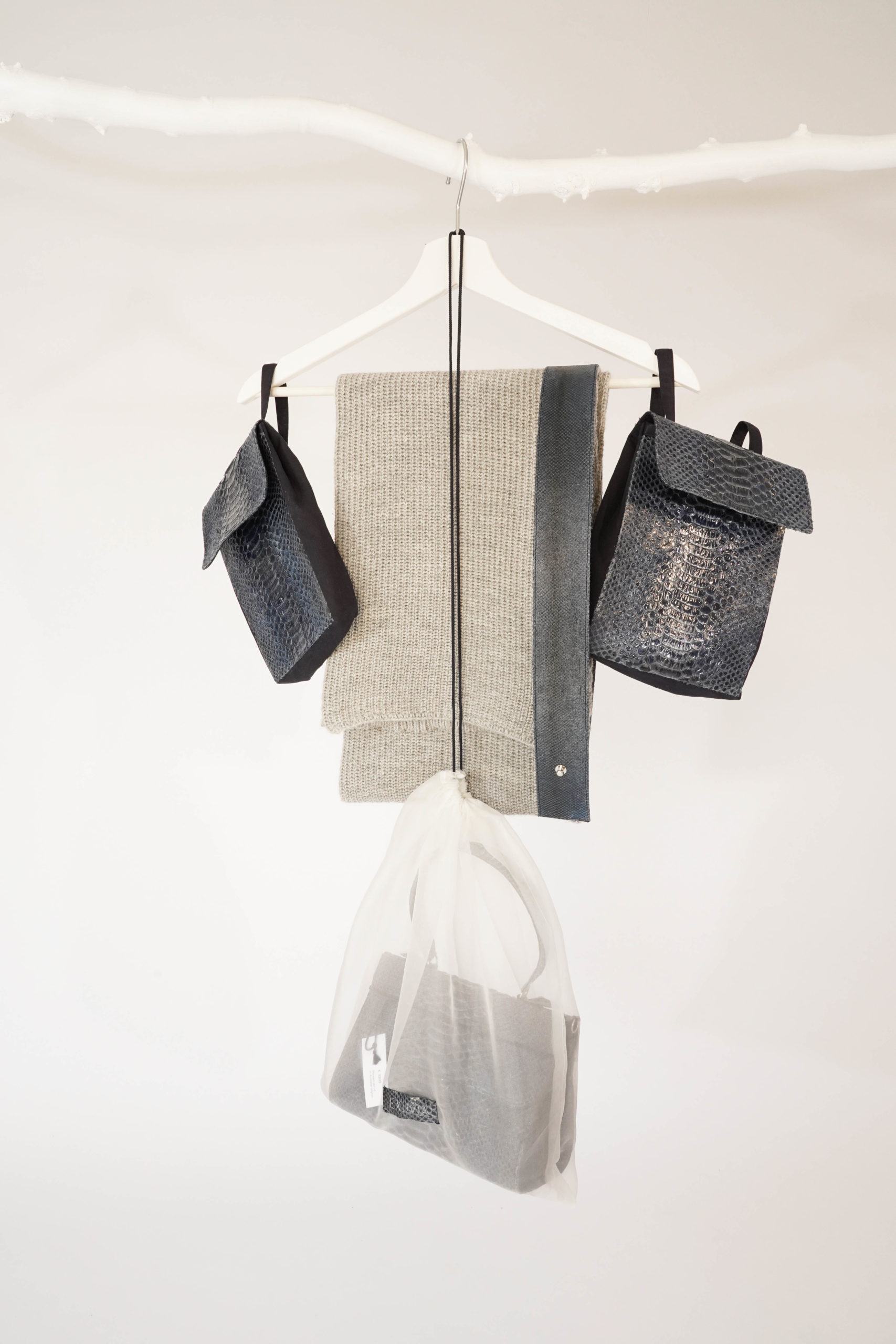
Approximately 75% of the global alpaca population lives in Peru. They are bred in small herds by farmers in the higher parts of the Andes. Rural families have depended on the alpacas for thousands of years. Their income is derived from shearing the alpaca once a year, washing, sorting and selling the wool. The average production per animal is approximately five pounds.
Alpacas are still shorn traditionally with no harm to the animals, and the knowledge are passed on from generation to generation. Mulesing is a common step in farming merino sheep in Australia, whereby the tails of lambs are cut off without anesthetics in order to prevent a parasitic infection called flystrike. This painful procedure is not practiced in alpaca farming bacause alpacas are not vulnerable to the parasite whereby the animal welfare is respected.
The fiber occurs in up to 22 different natural colors from shades of brown and grey, which is unique in the wool industry
Alpaca fiber is very clean compared to other animal wool and provides a yield between 87-95% after processing, whereas yields from sheep wool are between 43-76%. Furthermore, alpaca wool doesn’t contain the wool fat lanolin. This saves a lot of hot water and harsh chemicals usually required for the washing process to remove the lanolin.
Even though alpacas are domesticated, they live free in their natural habitat. Their wool is believed not only as an extremely low environmental impact, but because of its extreme durability and a significant warming yet lightweight feature.
Alpaca wool used in the EXUVIA collection is certified by OEKO- TEX® and is sourced ethically and environmental friendly.
